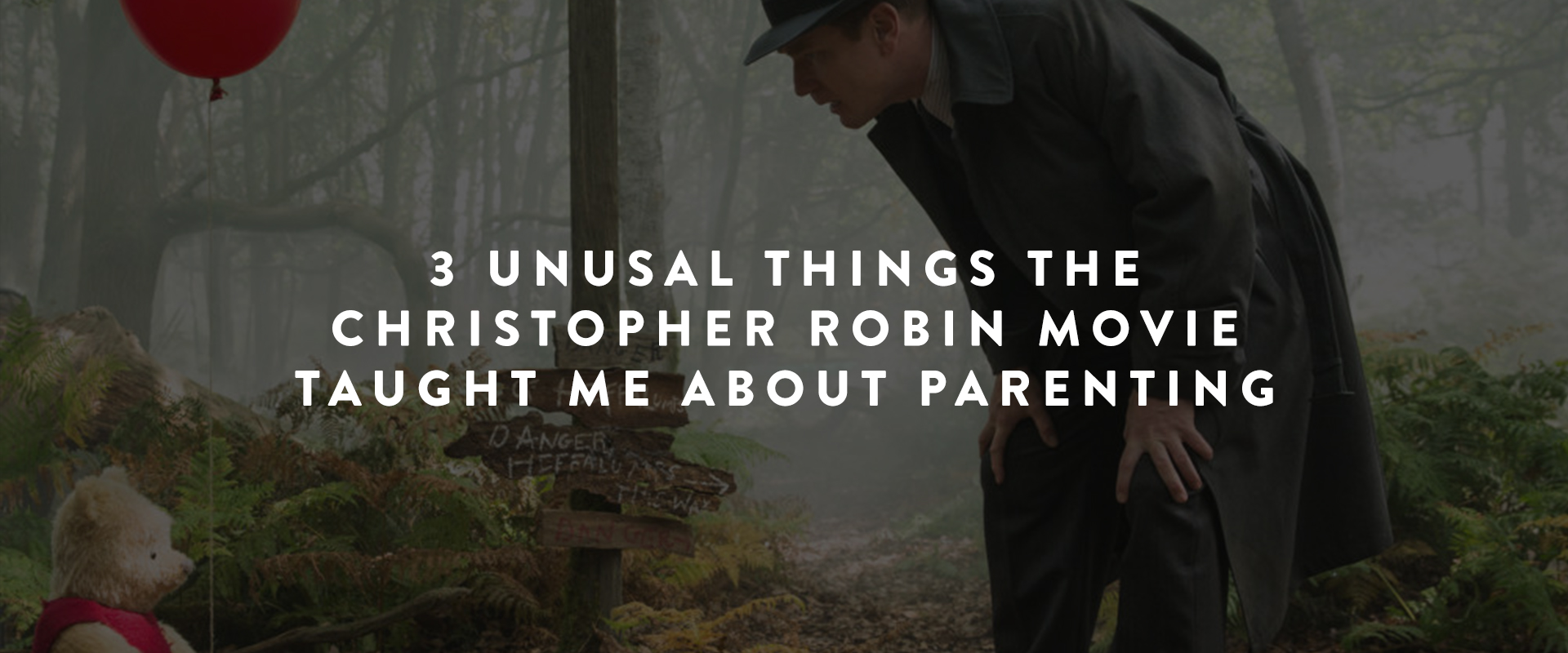
(This is part 2 in our 4 part series, Making The Most Of Your Family’s Daily Rhythm. Click here to read part 1 – Morning Time)
My parents live in northern Virginia. We live in Georgia. So when it comes to visiting my family, we’ve spent a lot of time in the car. Two years ago, I remember just having left our neighborhood embarking on what would be a twelve hour drive—if we were lucky and did not die a slow death in Washington DC’s rush hour. We were three minutes into the trip when my then three-year-old asked, “How much longer ’til we get there?”
For a lot of parents, and for a lot of kids, drive time is something to get through, a necessary evil we have to endure before arriving at our final destination: the grandparents house, the soccer game, the car pool line, the grocery store, church, or wherever else.
But drive time is another opportunity when we can infuse meaning into the every day moments with our kids.
Drive Time
Your Role: Friend
Communication: Informal Dialogue
Goal: Interpret Life
When you think about it, time in the car is packed full of potential. You are literally stuck in the same space with your kids as you drive from point A to point B. But this doesn’t have to be a death sentence. In fact, if you turn down the radio, turn off the DVD player, and use it as a time to connect with your kids, you may find yourself wishing for more (maybe not a twelve-hour drive, but you get the idea).
Drive time is the most laid back and non-threatening of the four times. You can avoid eye contact—which eliminates a lot of pressure—and use distractions to your advantage, allowing you to interact with your kids in a really casual way. Some of the best conversations can happen The goal here is to enter their world, talk about the stuff they love, the songs on the radio, the movies they want to see, the things that pique their interest. In that way it puts your kids in the driver’s seat, in the figurative sense, because they set the agenda for conversation.
The point isn’t to prove you’re cool because you’re up on the latest trends, bands and pop culture. Instead, it sends a message to your child that you ask the questions you do, you show interest in the things they like, because you actually like them. You aren’t stuck with them until the you get where you’re going, but you get these extra minutes as a gift, so why not make that time count by getting in their world?
To make the most of this time, learn to ask good questions:
What movies do you want to see?
What’s your favorite song right now?
What was the best part of your day? The worst?
What are you most looking forward to about where we are headed? What are you dreading?
Did anything funny happen today?
Did anything surprising happen?
As important as your initial question is to get them talking, your follow up one is even more important because it shows you’re listening. Remember, this is a time to connect, not work through a checklist.
For preschoolers, keep it simple. I love asking my boys their favorite color, truck, animal (you get the idea) on a regular basis because they are constantly changing. Make a game out of looking for cars the color they love, spying fire trucks, and other fun sightings.
For some of us, a win is just turning off the DVD player, and turning town the sports radio. Even if magic doesn’t happen in drive time, at least give it the space for it happen. And you’ll likely find that some of your best conversations with your kids, and most revealing, will happen in the car.
What are some of the best ways you’ve used the time in the car to connect with your child and not just pass the time?
Next Post: Meal Time




